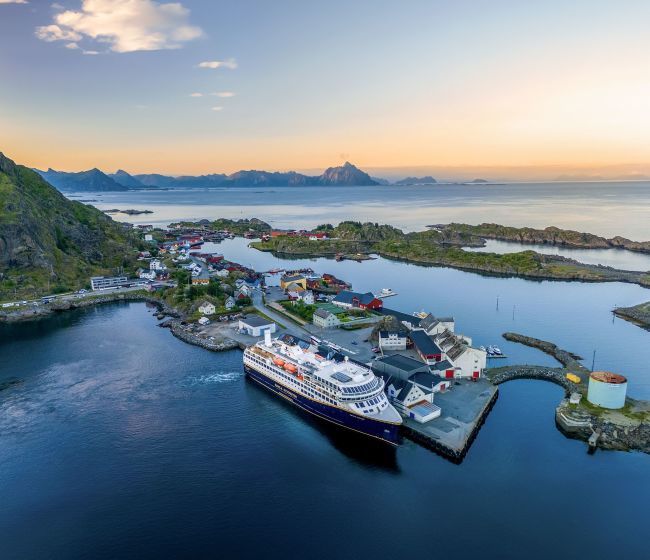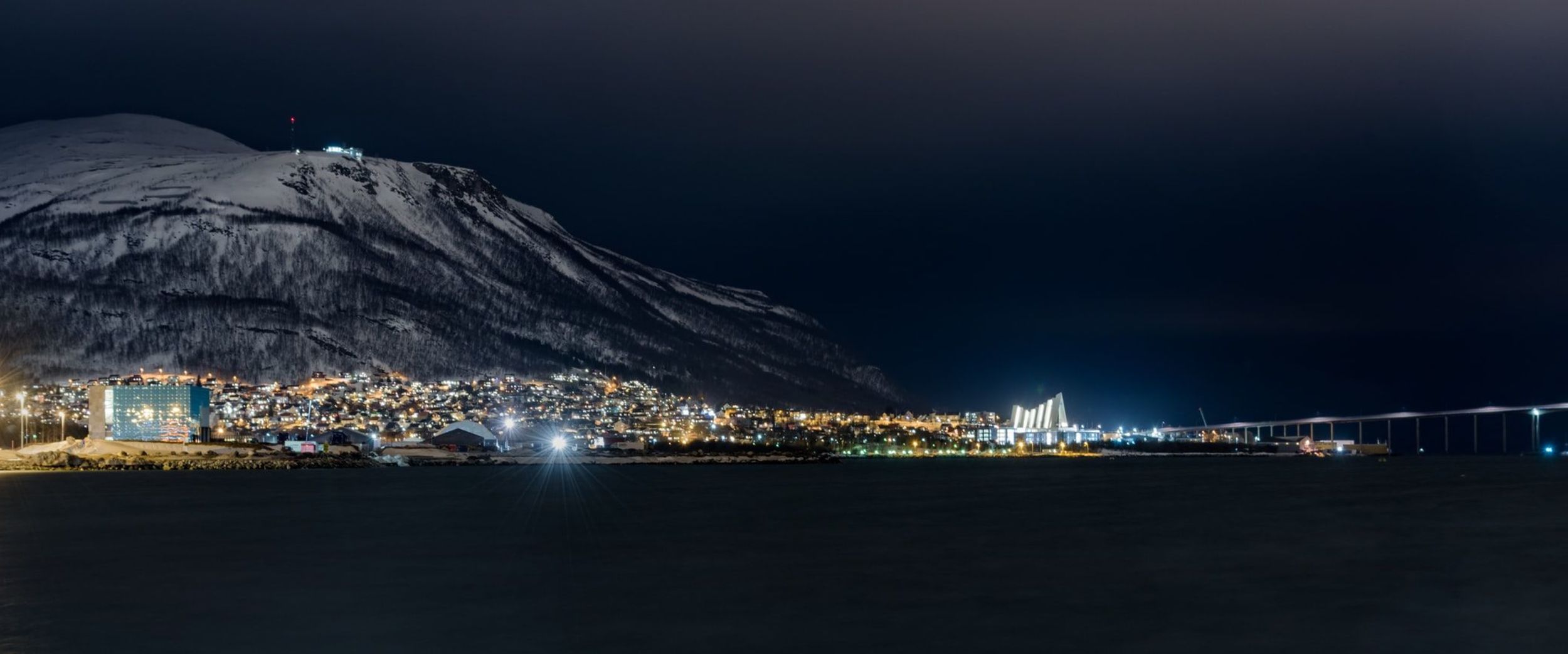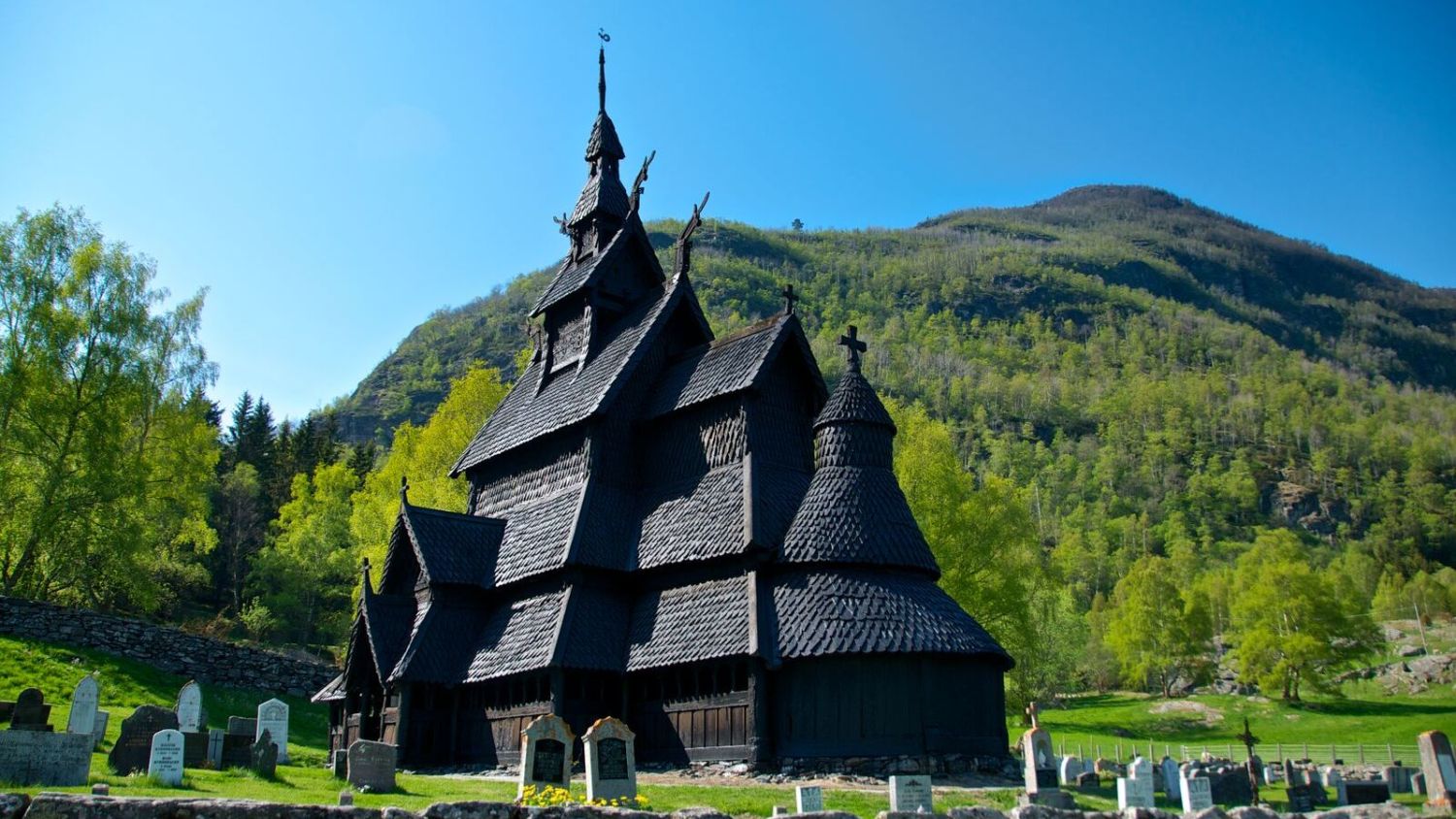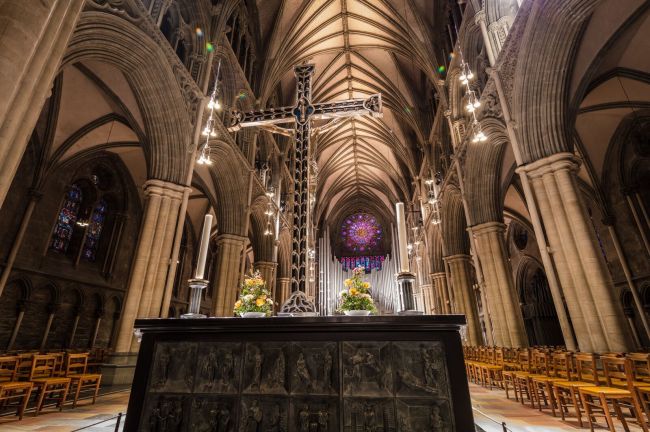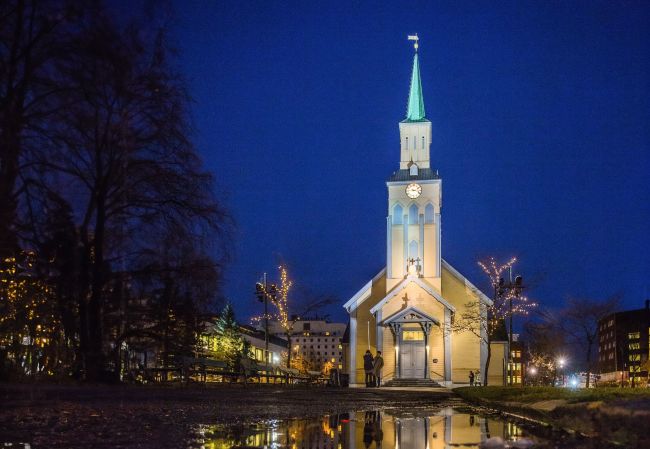Churches
Churches
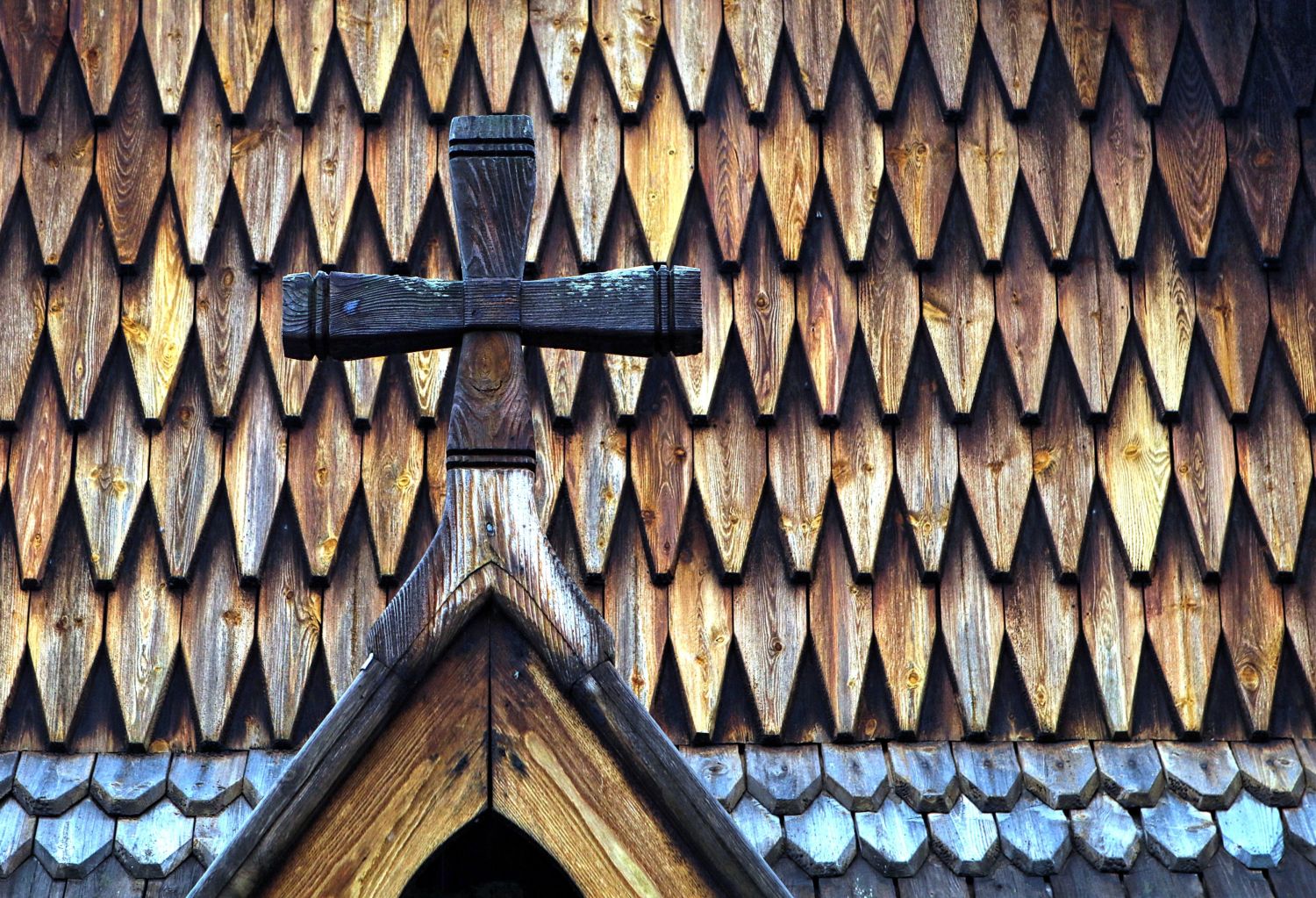
A thousand years ago, there were few people and very little money in Norway. But Norwegians had a wealth of experience in working with wood. Just think of the Viking ships.
Norway converted to Christianity in the year 1030, and the construction of churches accelerated. Most of the churches were made of wood using a very particular technique—wooden posts that support the building and hold up roof upon roof. The posts or staves used have given rise to the name stave church, and the construction method and churches are on the UNESCO World Heritage List. Urnes Stave Church is almost 900 years old; it dates from the early 1130s and from one of the first years that Norway was considered to be a Christian country.
The transition from Norse mythology and the Viking Age to Christianity and the Middle Ages can be seen in the stave churches which are decorated with a fascinating mixture of symbols from the Viking Age and Christian motifs. The portals and columns in particular have strong, winding carvings, and outside there are dragon heads on the roof.
More than 1,000 stave churches were built in Norway in a little over 200 years. Only 28 of those remain. You can visit one, the Kvernes Stave Church, on a trip with Havila Voyages.
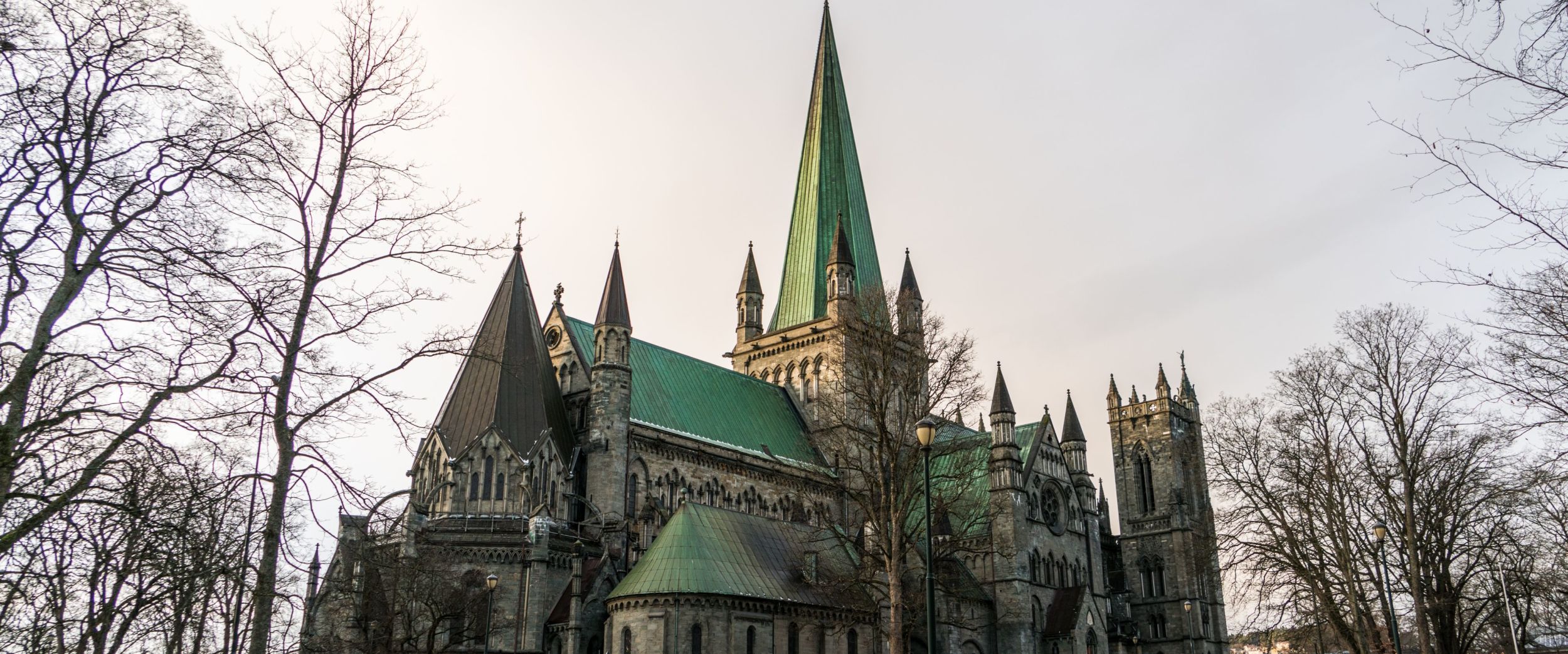
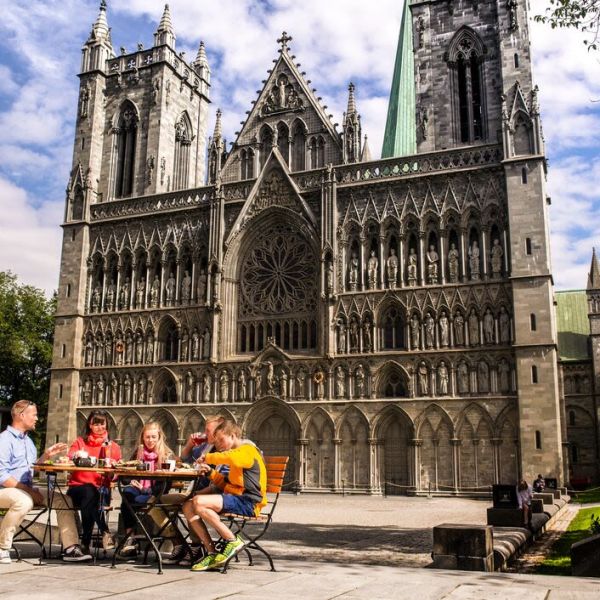
Nidaros Cathedral
As small wooden stave churches were appearing across Norway, construction began on Norway's national shrine and the world's most northerly gothic cathedral, Nidaros Cathedral.
Nidaros Cathedral is built over the grave of St Olav, the Viking king whose canonisation encouraged the widespread adoption of Christianity in Norway. Construction of the cathedral began in 1070 and was not completed until around 1300. Since then, Nidaros Cathedral has been a place of pilgrimage.
Norway’s kings have traditionally been crowned in Nidaros Cathedral and the State's crown jewels are now kept here in Trondheim. At 102 metres in length and with 75 sculptures on the front wall and 172 steps up to the tower, it is impressive. The cathedral is beautiful with many stone sculptures and ornaments along with the huge rose window and other stained glass windows.
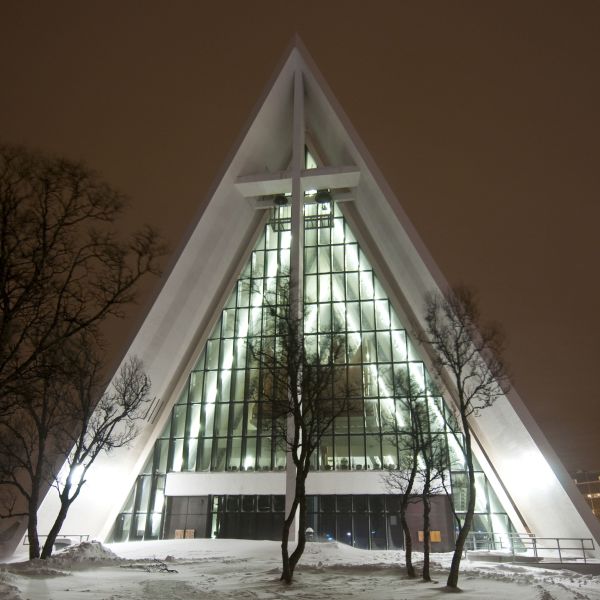
The Arctic Cathedral
A far newer church that is also worth seeing during the visit to Norway is the Arctic Cathedral in Tromsø. The distinctive, triangular and jagged church lies like a monumental iceberg easily visible from the shipping lane and Tromsø City Centre.
The church dates from the mid-1960s. It has a simple, modernist architectural style that allows the glass mosaic that fills the entire east wall to shine.
The acoustics in the church are excellent, and hundreds of concerts are held here throughout the year. Some of the concerts are Northern Lights concerts or midnight sun concerts with a compilation of religious folk songs, ballads, classical music and the Sami traditional joik form of song. These concerts are on Havila Voyages' excursion programme.
Excursions to churches

Our voyages
North- and southboundRound Voyage
Bergen → Kirkenes → Bergen
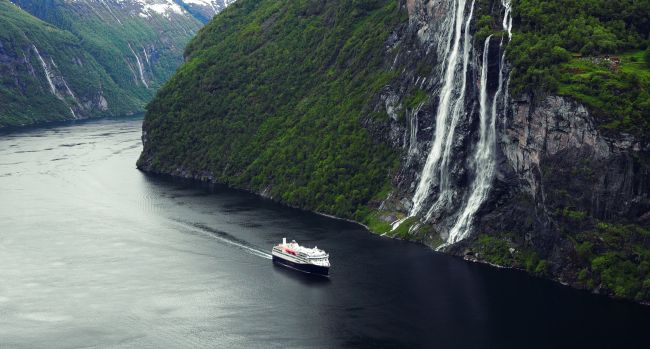
NorthboundVoyage North
Bergen → Kirkenes

SouthboundVoyage South
Kirkenes → Bergen
